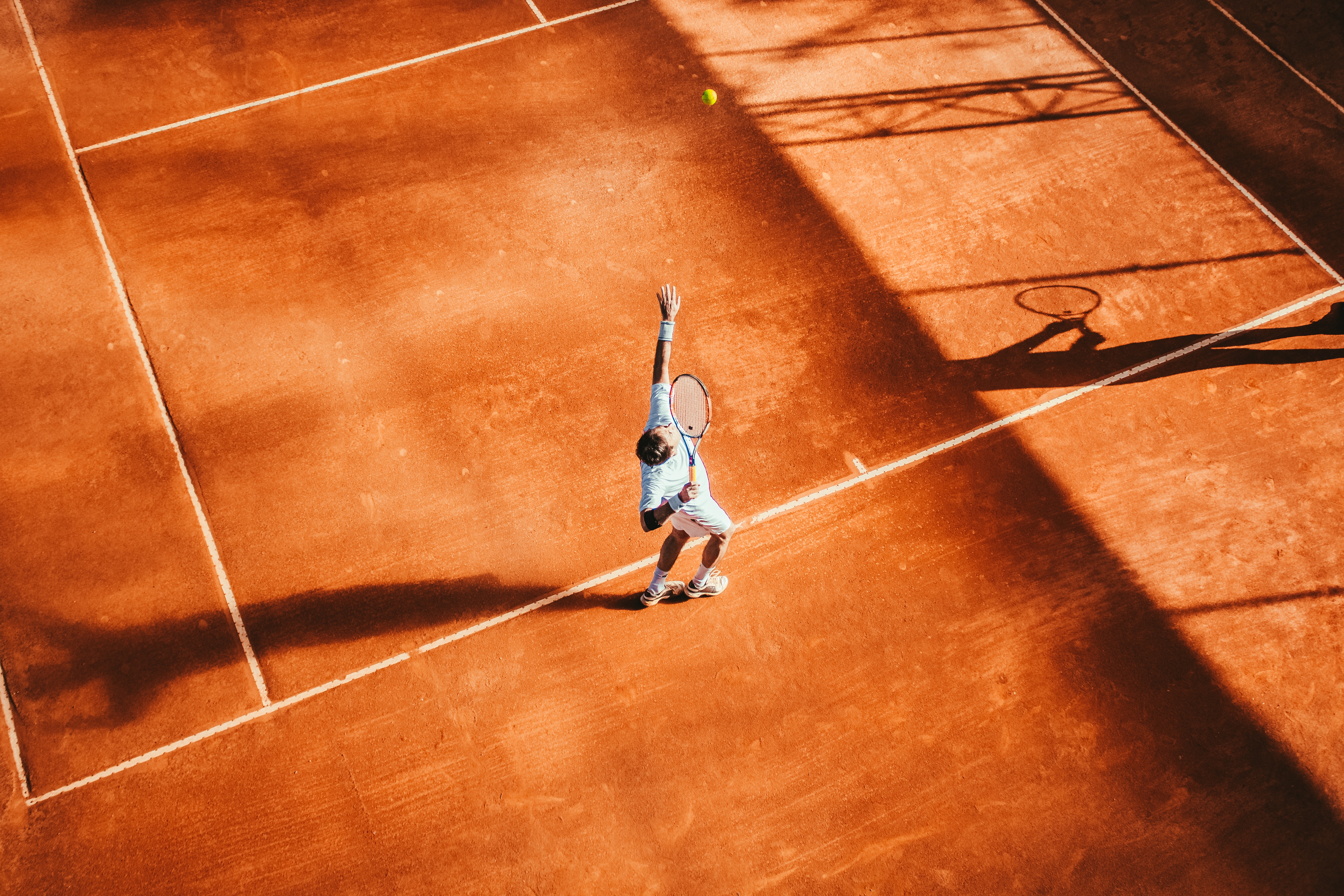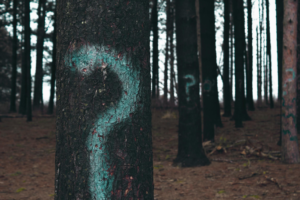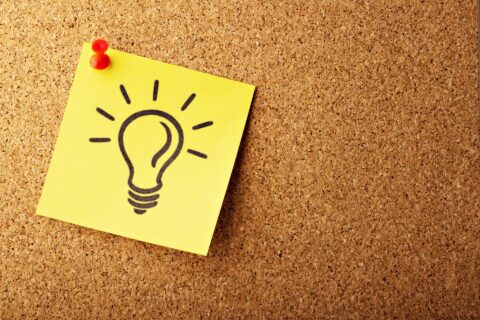This article is from vol. 4.1 of The Bridge, the monthly newsletter of The Center for Transformative Teaching & Learning. Each month The Bridge analyzes a specific aspect of teaching and learning through a Mind, Brain, and Education Science research-informed lens. Click here to subscribe to The Bridge.
I teach history. And I have come to love the start of each new unit in a course that dives deeply into historical periods that span five centuries.
Early in my now 28-year history teaching career I always missed an important opportunity as my students transitioned into a new unit. I failed to get any baseline data of what prior knowledge they brought to the unit. As well as informing my teaching, it could also be used to measure my students’ progress between the unit’s start and the unit’s end.
I thought about baselines more than usual during the summer of 2019. After the United States Women’s Soccer World Cup victory in France, the next most exciting sporting events that I watched on TV were the Wimbledon Men’s Singles Final, and the U.S. Open Women’s and Men’s Singles finals. No, this is not going to be a research-informed “Bridge” about grit or the supposed 10,000-hour rule (which Pedro de Bruyckere, Paul Kirschner and Casper Hulshof explain is a myth in their new book, “More Urban Myths About Learning and Education”). Nor will it consider the difference between athletes that specialize or participate in multiple sports, which is on my mind after reading David Epstein’s book, “Range: Why Generalists Triumph in a Specialized World,” and which actually uses one of the finalists as a case study.
When I think of baselines it often has nothing to do with tennis and more to do with research. There have been too many times in the early years of the Center for Transformative Teaching & Learning when we failed to get a baseline measure of current knowledge, mindsets, or skills before implementing a promising new research-informed strategy or initiative. Or we would get some baseline data, but afterwards wish we had measured other fascinating factors such as task-value or self-efficacy.
Learning about baselines and research design was certainly not a part of my preparation for classroom teaching. But like most teachers, I want to see my student historians’ knowledge and skills grow and I would like to have a way to measure that growth. When I first heard David Weston say, “Teachers are more likely to have an impact if they are aware of the impact they are having,” I knew I had to elevate my baseline work.
My education about baselines began through reading books about action research. But it is the CTTL’s annual summer Science of Teaching and School Leadership Academy that has truly elevated my understanding of baselines and their place in educational research and in my collaboration with students. The work of Dr. Beth Morling (@bmorling) author of “Research Methods in Psychology” and the valuable resource, “Everyday Research Methods Blog: Interrogating the Popular Press,” at the University of Delaware, as well as Dr. Kelly Fischer and Dr. Kristen Gagnier, from the Johns Hopkins University Science of Learning Institute, have been particularly helpful in my baseline professional learning journey.
How has this knowledge impacted my teaching of history? I now begin most units taking a baseline of my students’ knowledge of historical periods, such as the Renaissance or American Revolution. I use this as a formative assessment, and revise the teaching and assessing I plan to do based on what I find out.
However, when I want to see if a promising Mind, Brain, and Education research-informed strategy might impact a student’s learning, such as dual coded note-taking or the testing effect, I can ramp this baseline up a notch. It can become part of a randomly assigned action research study of the intervention. I can include other factors too that will give additional insights beyond current level of knowledge. But rather than using my less-than-empirical baseline questions, I can turn to a number of pre-existing published measures, such as intrinsic motivation and academic self-efficacy. To further simplify my action research project, instead of designing the procedure from scratch, I can choose a protocol that best fits my class from a selection created by the CTTL (one tool we use is this online decision-tree process).
Developing a baseline survey is greatly helped by either internal or external support. The CTTL has a Head of Research, and schools around the world, especially in the UK and the Research Schools Network, are providing training for what we think is a position that all schools should eventually have on staff. The CTTL’s Head of Research, Dr. Ian Kelleher, is the research gatekeeper for our school (St. Andrew’s Episcopal School) as well as for the resources the CTTL has created, such as the MBE Strategies Placemat and well as our Face the MBE Facts card game. But Ian is also a resource for helping teachers develop baseline measures and action research studies for use in their Foreign Language, Science or Math classes.
The reluctance of teachers using baselines often comes down to time. But even if you do not commit to the full action research version, taking the time for baseline surveys or data collection adds formative assessment at a game-changing time in a unit. And it can be a good way to engage students and to prime their brain when they first commence a new unit. It is an impossible ask to think that teachers will constantly be engaged in action research, or that they have the bandwidth to measure every MBE strategy they implement (for example, I used five in the class I taught this morning). But we believe there is a residual effect when you are a teacher that can measure impact in an institution that does on occasion measure impact that speaks to David Weston’s words: Teachers are more likely to have an impact if they are aware of the impact they are having.
I will never be able to hit a tennis ball from the baseline like Serena Williams or Roger Federer. But, I have certainly improved my baseline “play” within my own classroom, and have certainly moved forward in measuring how my pedagogical decisions are impacting the learning of the student-historians I teach each year.




